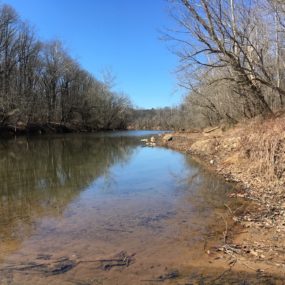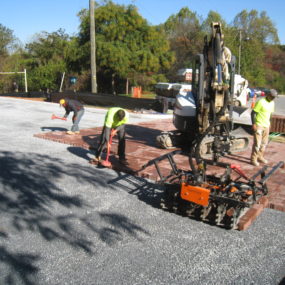Obsessed With Phoshorus
I and my fellow stormwater professionals have spent decades obsessed with Phosphorus. We have developed formulas and spreadsheets that tell us how many pounds of Phosphorus will run off of a parking lot or yard. We have explained the various ills created by too much Phosphorus flowing to rivers, lakes, and the Chesapeake Bay. We build contraptions called BMPs to trap it and disarm it. The Chesapeake Bay TMDL admonishes us to limit Phosphorus to 12.5 million pounds per year.
Given all that, I have struggled with actually envisioning Phosphorus. What does a pound of Phosphorus actually look like, much less 12.5 million pounds? I can’t look into a river and declare with any certainty, “there goes some Phosphorus” (except of course for the occasional algae left in its wake). What exactly is this sinister substance called Phosphorus?





